Paddling Through History: Kayaking
Ever wonder about the backstory behind kayaking? Spoiler alert: it's way more than just a fun day out on the water. Kayaking dates back thousands of years. It is more than just a recreational activity; it began as a means of survival for indigenous peoples and now kayaking is popular as a thrilling water sport. Kayaking has a rich and fascinating heritage that spans continents and centuries.
Origins
The history of kayaking can be traced back thousands of years to the indigenous communities of the Arctic region who relied on kayaks for hunting, fishing and transportation in the harsh, icy waters of the North. They weren't just paddling for fun; these guys were serious about survival. Crafting their trusty kayaks, or qajaqs as they were known, from wood and animal skins, they navigated icy waters with ease, using their nifty boats for hunting and getting from A to B. These early kayaks were crafted from wood or animal skins stretched over a frame, providing a lightweight and manoeuvrable boat perfectly suited to the Arctic environment. Some of these original kayaks were long and stable, like sea kayaks for moving efficiently through open water, and some were short, light and manoeuvrable for getting through drifting ice. Kayak shapes and designs have evolved over time, but its fundamental principles remain rooted in the traditions of these ancient cultures.
Back then, these kayaks were nearly all made-to-measure custom designs perfect for the size of each person. Hunters used sealskin to seal themselves into the kayak and prevent water coming in. They called this an annuraaq (like anorak). If they capsized - they couldn’t get out! With no protection from the icy cold water, no buoyancy with heavy clothing made from animal skins, and no swimming lessons, if they rolled over they had to know how to roll up again! Whenever a person died from kayak hunting, it was often said that person had borrowed somebody else’s kayak and didn’t have the same sense of balance as in their own custom made boat.
“Inuit Seal Hunter in a Qajaq, armed with a Harpoon. Kulusuk, Greenland”, by Ville Miettinen, licensed under CC BY 2.0
Exploration
As explorers ventured into new territories, they brought kayaking techniques and technologies with them which led to the spread of the sport across the globe. In the 1740s, Russian explorers were some of the first to come into contact with communities from the Aleutian Islands (islands off of Alaska) and their sea kayaks. The Russians saw how agile the Aleutians were on the water, and they captured them to hunt sea otters. At the time, sea otters were most prized for their fur but sadly they were soon hunted to extinction.
Inuit kayakers, known for their incredible skill and agility on the water, played a crucial role in the exploration of Arctic waters; guiding expeditions and sharing their knowledge with outsiders. European explorers stumbled upon Inuit communities and were intrigued by the versatility and efficiency of the kayak. The Europeans adapted the design to suit their own needs, leading to the development of new styles and techniques.
Modern times
In the 20th century, kayaking gained popularity and developed as a recreational activity and competitive sport. Innovations in materials and construction techniques led to the development of streamlined, lightweight kayaks capable in a variety of water conditions. Kayak clubs and organisations started up around the world providing training, competitions, and opportunities for paddling enthusiasts to connect and share their passion for the sport.
Today, kayaking includes a wide range of disciplines, whether you’re a thrill-seeker tackling whitewater rapids, coasting along calm lakes, or somewhere in between, there’s a kayak adventure for you! Kayaking offers something for everyone, regardless of age, skill level, or experience.
“Person Kayaking at Sunset” by Edgar Bullon. Location: White Rock, Vancouver, British Columbia, Canada.
Preserving the Heritage of Kayaking
It’s important to remember where it all began and recognise the contributions from indigenous communities who paved the way. Their traditions and knowledge about efficiency on the water have shaped kayaking into the awesome sport it is today.
Whether you're paddling through icy fjords in Greenland, navigating through lush mangrove forests in Southeast Asia, or exploring rugged coastlines closer to home, kayaking offers a unique opportunity to connect with nature, history, and culture. So, the next time you head out on a kayaking adventure, take a moment to appreciate the rich heritage of this ancient tradition and imagine the countless stories some of those old boats have to tell.
Kayaking is more than just a sport; its history and culture spans continents and centuries. From humble beginnings in the Arctic to its global popularity today, kayaking is all about exploration, adventure, and connection to the natural world. So grab your paddle, jump into your kayak, and head out on the water with Paddle Logger!
“Man Water Rafting” by Brett Sayles



